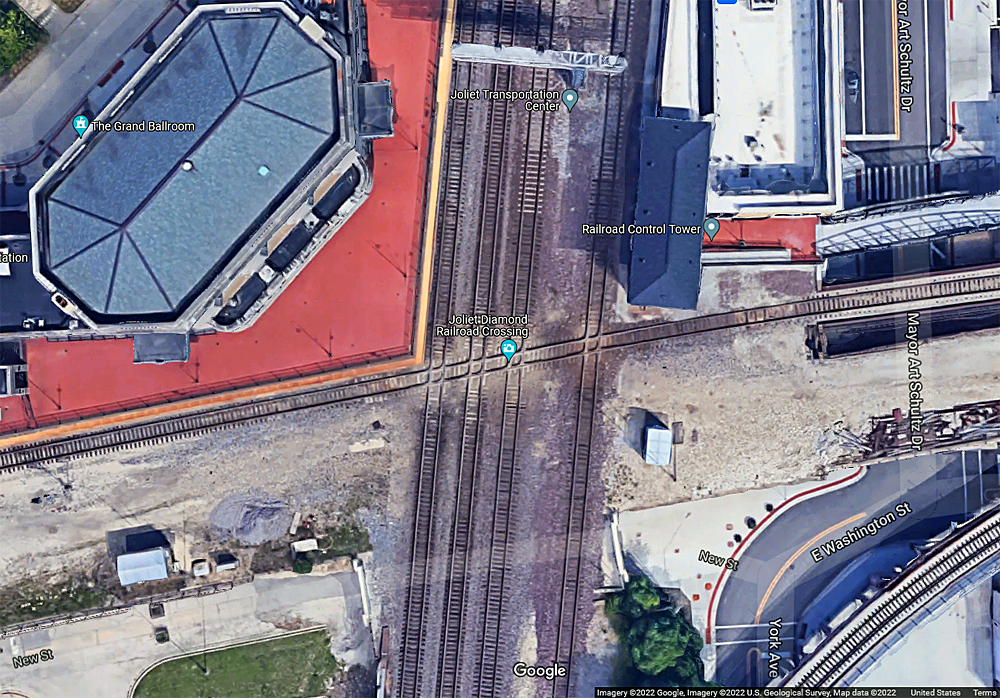Saw the report about Peoria service a couple of days ago. It's actually a pretty smart play on Peoria's part.
As everyone here knows well, Amtrak wants to re-establish service in several parts of the country and is willing to shoulder the upfront costs and a healthy portion of the operating subsidy for a number of years, provided the states then agree to take over the responsibility for funding the operating subsidies later on.
So, what if Ohio, for example, says, "No, thanks." to the 3C+D? Or three states turn down Amtrak's offer? Or six states? Would it not be a good idea for Peoria to have a project in its back pocket, ready to develop if Ohio or Indiana or some other state throws away another chance at passenger rail?
Regarding the Prairie Marksman, it didn't take the old Rock Island route and only stopped at Joliet between Chicago and Peoria. The articles I've read state that the Rock Island route is what was being looked at for this revival, and would terminate in Peoria proper, not East Peoria.
Something to consider - several years ago, the towns of the Illinois Valley produced a study in which they looked at extending Metra-Rock Island service from Joliet, through the valley, all the way to LaSalle-Peru. In the final analysis, it was decided if anything would be done, they'd run DMUs between LaSalle-Peru and Joliet, stopping at the old Rock Island platform west of UD interlocking, with passengers making their way over to the new Rock Island platform east of UD, board Metra there, and continue onto Chicago. The fact that the new route would service three towns already looking at rail service might mean Peoria wouldn't stand alone in advocating for it.
A few concerns I have about the project-
The Chicago to Joliet segment is a bit of a mystery. I don't see CN allowing any new trains onto the Heritage Corridor (former Alton/GMO) line to Joliet. As it is the STB has told Amtrak they need to get Lincoln Service and Texas Eagle trains off that line at some point.
Here's a question I have. Here is an overhead shot of Joliet UD interlocking, Heritage Corridor tracks are the two right tracks running north-south; the former Rock Island is the single track running east-west. Even if a Rock Island track was put down on the far south end of that viaduct, could a train safely turn off the Heritage onto the Rock? It looks awfully tight.
If the Rock Island route between Chicago and Joliet was utilized, the project would have to be put on hold until a connector at either 16th Street or 40th Street was constructed, or they'd have to originate trips to Peoria from LaSalle Street Station.
Another point about UD interlocking - when Joliet Union Station was reconfigured 5 years ago or so, Metra ceded control of UD interlocking to BNSF and UP. The Metra-Rock Island platform was moved to the other side of UD to keep the freights moving through with no Metra interference. Would BNSF and UP even consider the possibility of allowing passenger trains to run through UD again?
Also, just west of UD the old Rock Island tracks all the way to Utica form the New Rock subdivision, held by CSX. Considering how hostile CSX has become about allowing even a single new train onto their tracks, does this project even stand a chance?
West of Utica to Bureau Junction and down to Peoria, the tracks belong to Iowa Interstate. Haven't they been a little difficult about the Wyanet-Moline segment of the long-delayed Quad Cities service already?
I would really like to see this happen. Too many questions right now to be confident it will.



























































